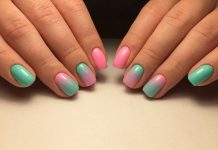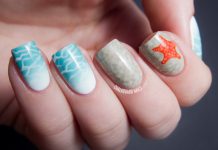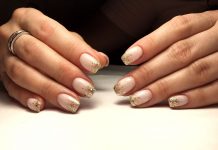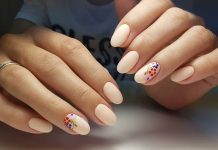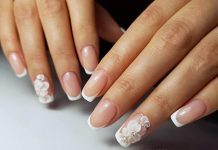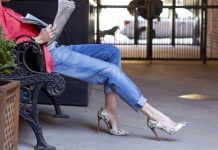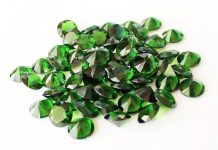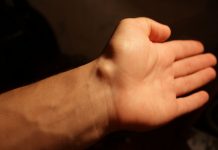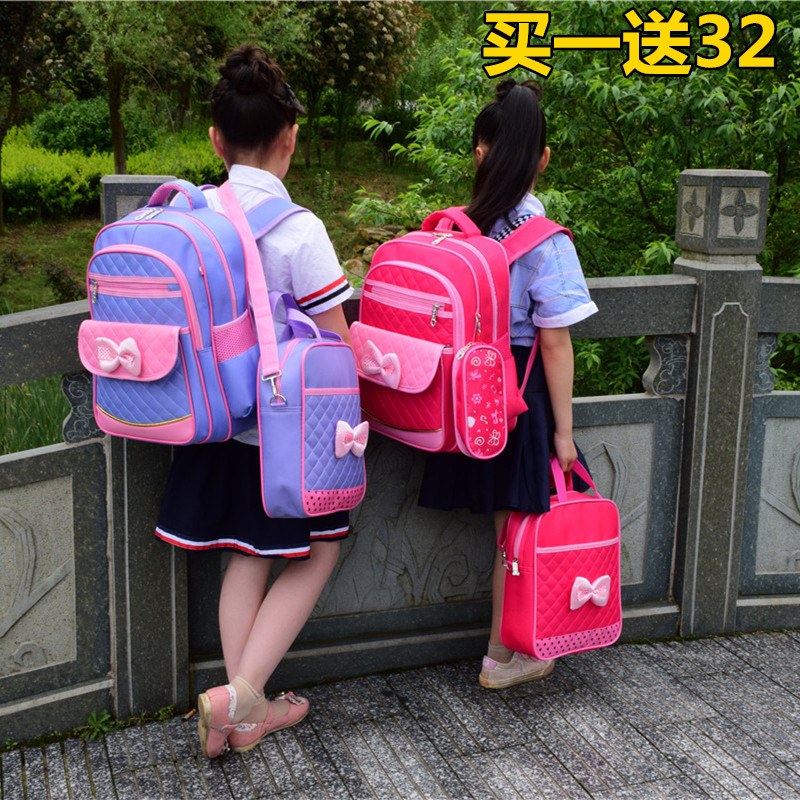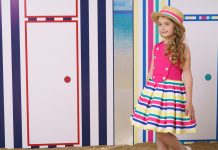The first of September is an exciting event for schoolchildren and their parents. Children enter a new phase of their life, which is designed to teach them new and necessary knowledge in the future. It is important that nothing distracts the child from the learning process. First of all it concerns school backpacks. If the knapsack is heavy and uncomfortable, then the child will have a negative opinion about the school as something very heavy and difficult.
Modern school backpacks are well thought out. If in Soviet times the child was content with 1-2 models just because there was simply no greater variety, then today the student can choose a backpack from more than hundreds of models.



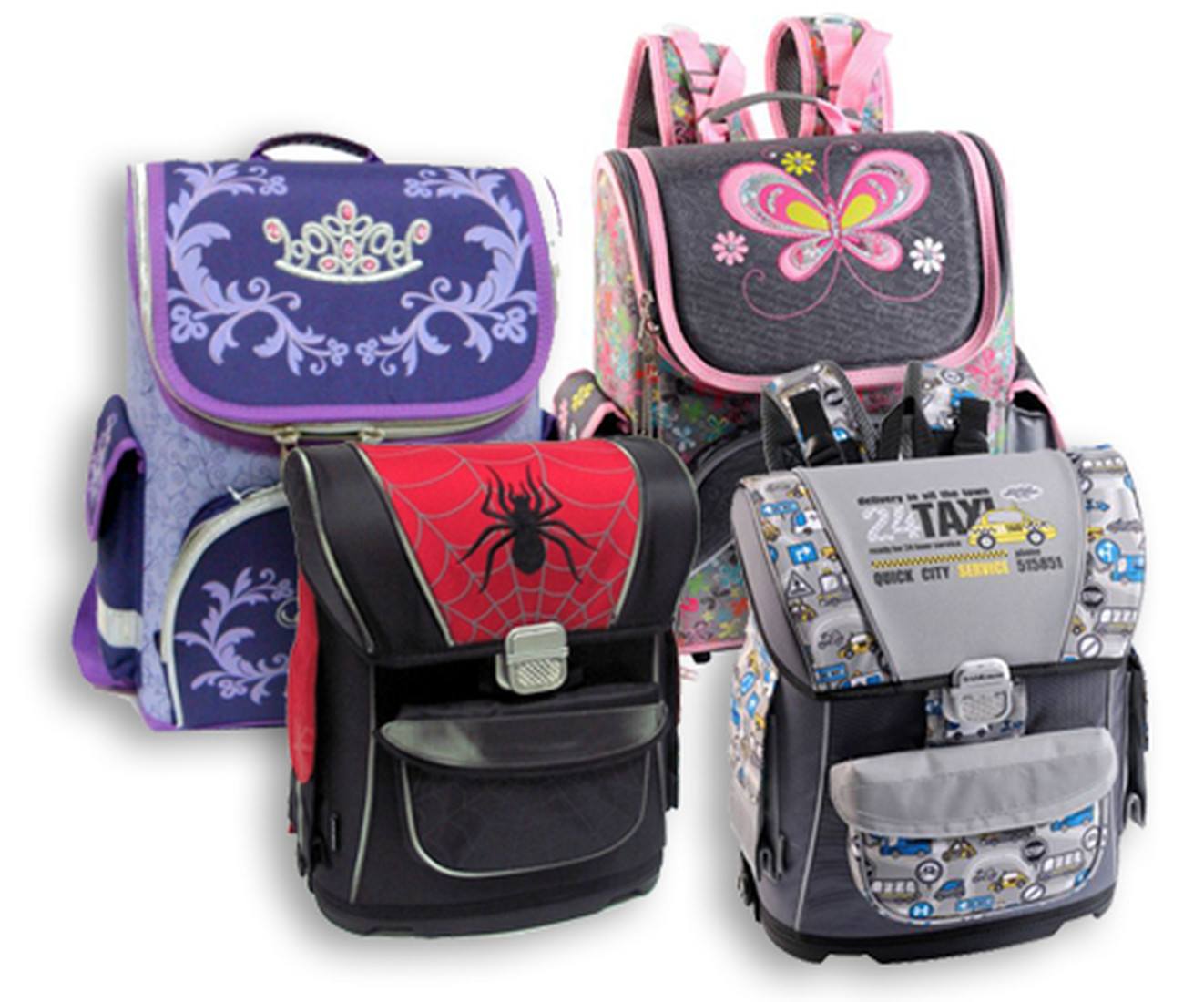
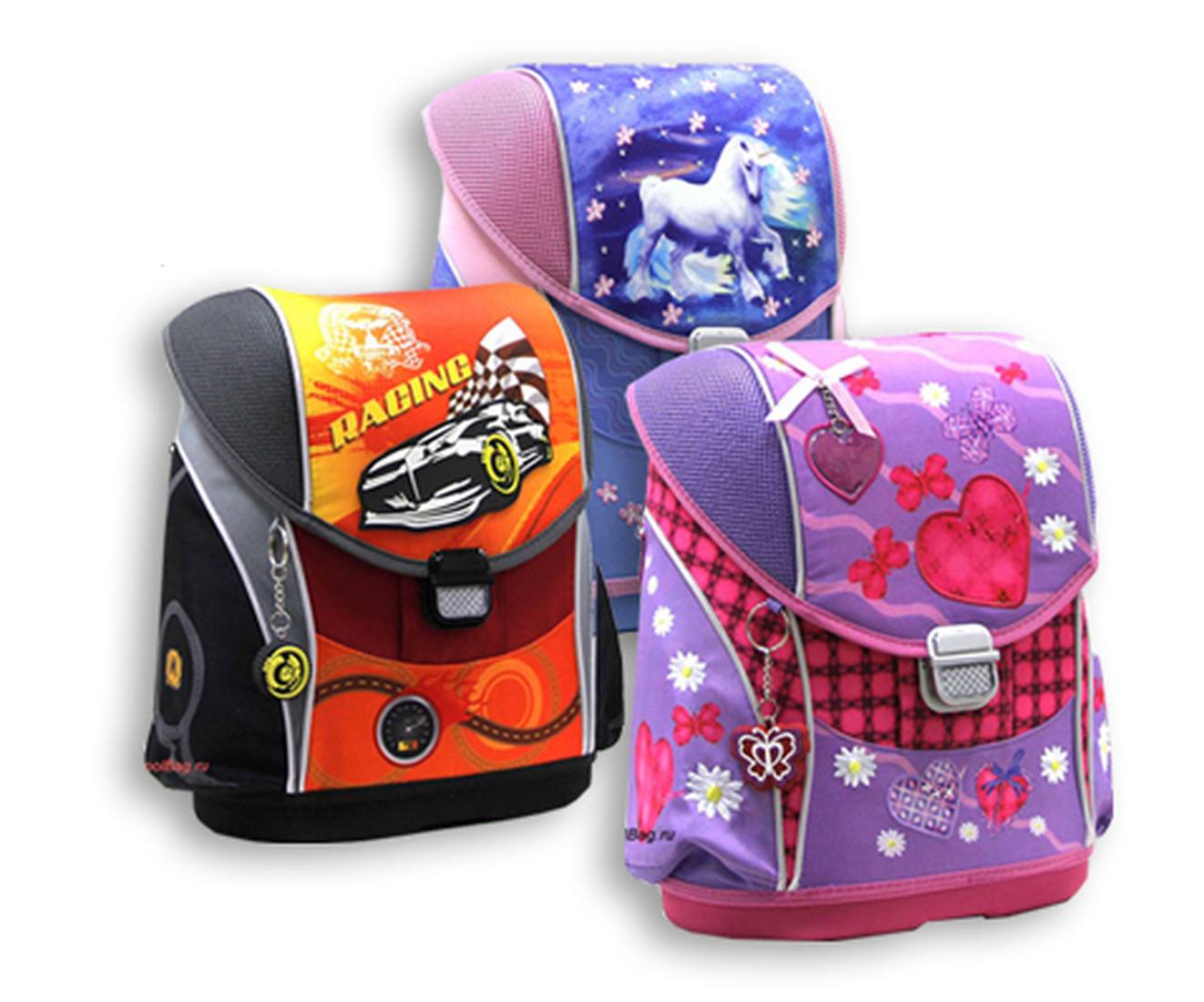

 The main requirement for backpacks, especially for primary school students, is the uniform distribution of the load and weight on the spine.The curriculum of current students assumes the presence of voluminous textbooks and notebooks, which weigh a lot, so another requirement is added to them - this is a lighter weight of models. So what should an orthopedic backpack be and how does it differ from simple backpacks? We'll talk about all this in our detailed review.
The main requirement for backpacks, especially for primary school students, is the uniform distribution of the load and weight on the spine.The curriculum of current students assumes the presence of voluminous textbooks and notebooks, which weigh a lot, so another requirement is added to them - this is a lighter weight of models. So what should an orthopedic backpack be and how does it differ from simple backpacks? We'll talk about all this in our detailed review.
School backpack with orthopedic back: the pros and cons of models
A beautiful word “orthopedic” in this case means a backpack with a rigid frame and anatomically correct backrest. Such models do not contribute to correcting an already incorrect posture, but they perform their main task - they evenly distribute the weight of textbooks and school supplies along the schoolchildren’s spine. Thus, the still not strong skeleton of the child is protected from inevitable overloads. 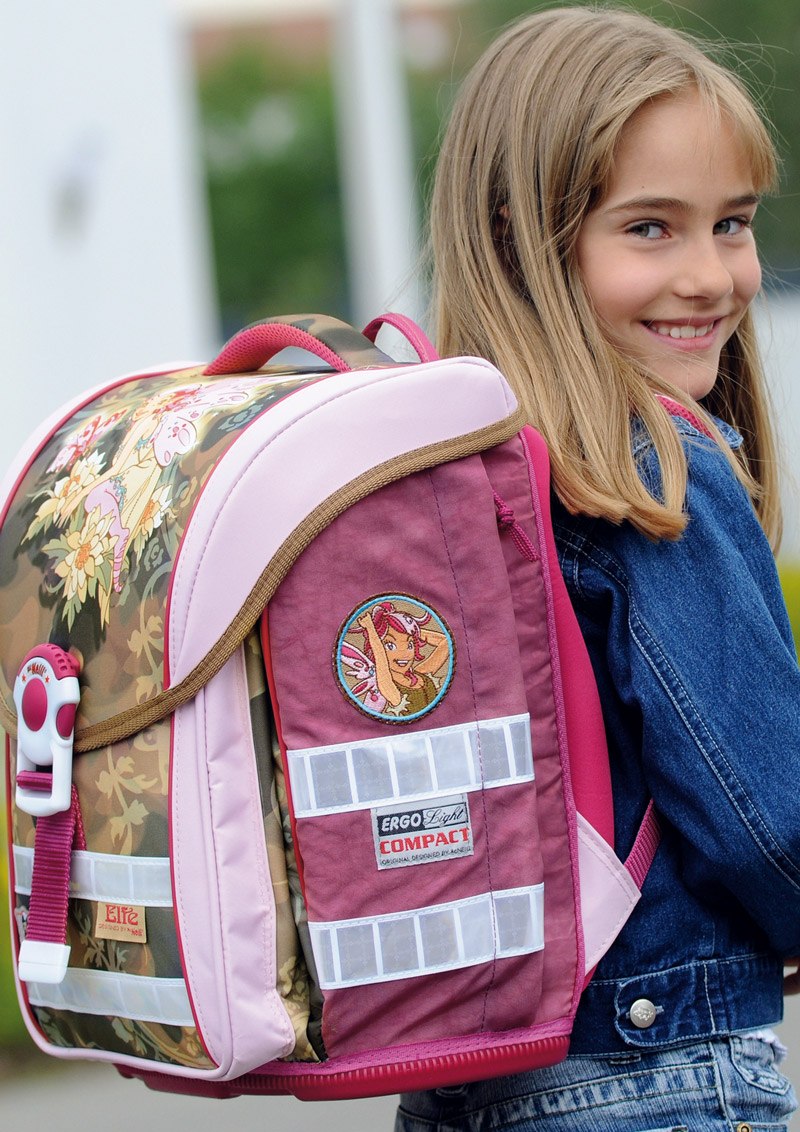

 In order for a backpack to be categorized as “anatomical,” it must meet 3 basic requirements:
In order for a backpack to be categorized as “anatomical,” it must meet 3 basic requirements:
- rigid back of anatomical shape - the model will not be deformed under the weight of textbooks. The back directly adjacent to the back should be straight. This allows you to maintain the correct posture of the child.
- the presence of the frame - most models are made of aluminum and composite material, which ensures the strength and stability of the backpack. Due to this, the backpack is not deformed and not wrinkled.
- wide straps - the width of the straps is from 4 to 8 cm. They provide uniform distribution of the load, do not rub the shoulders of the student even in the warm season.
The rest of the orthopedic backpack is no different from the usual portfolio. Further selection is based on the selection of patterns, colors, the presence of pockets and other parameters. 

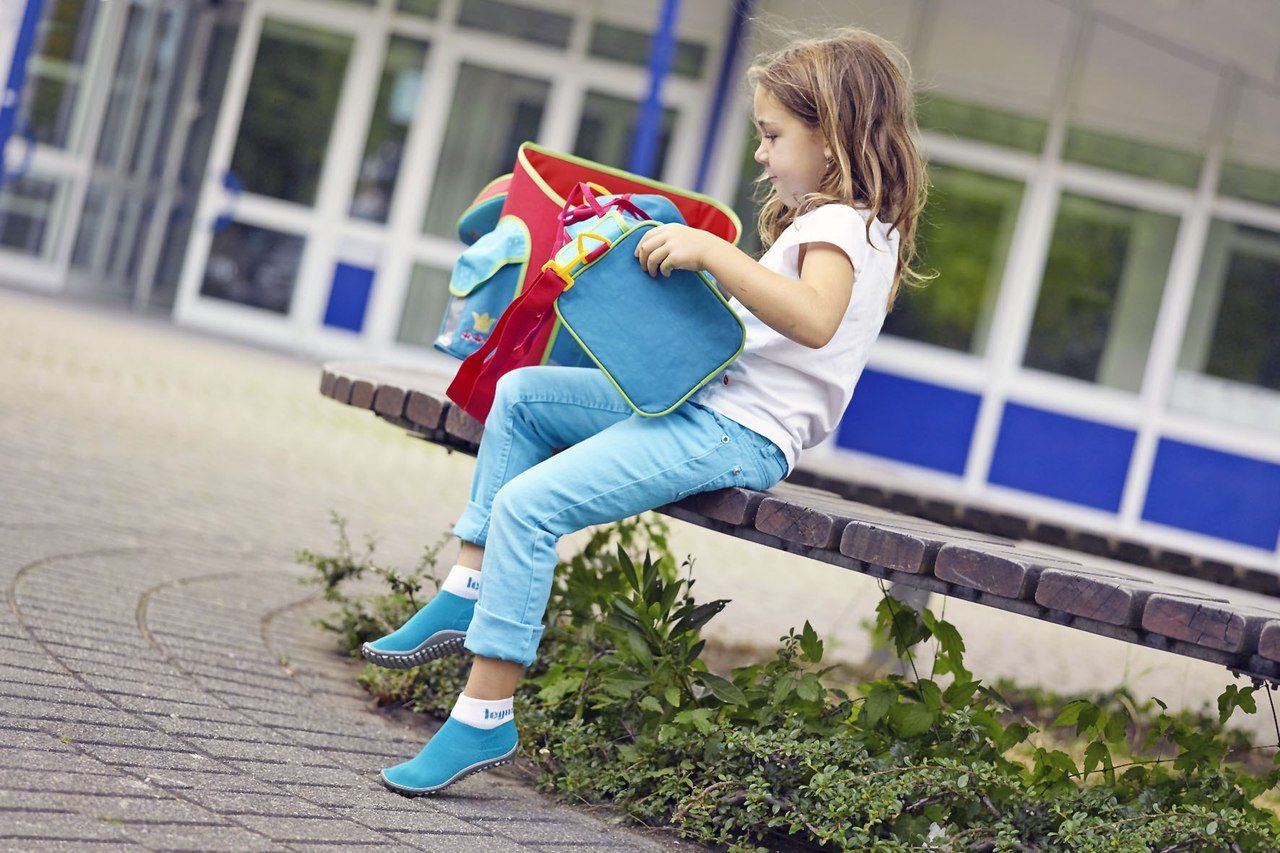

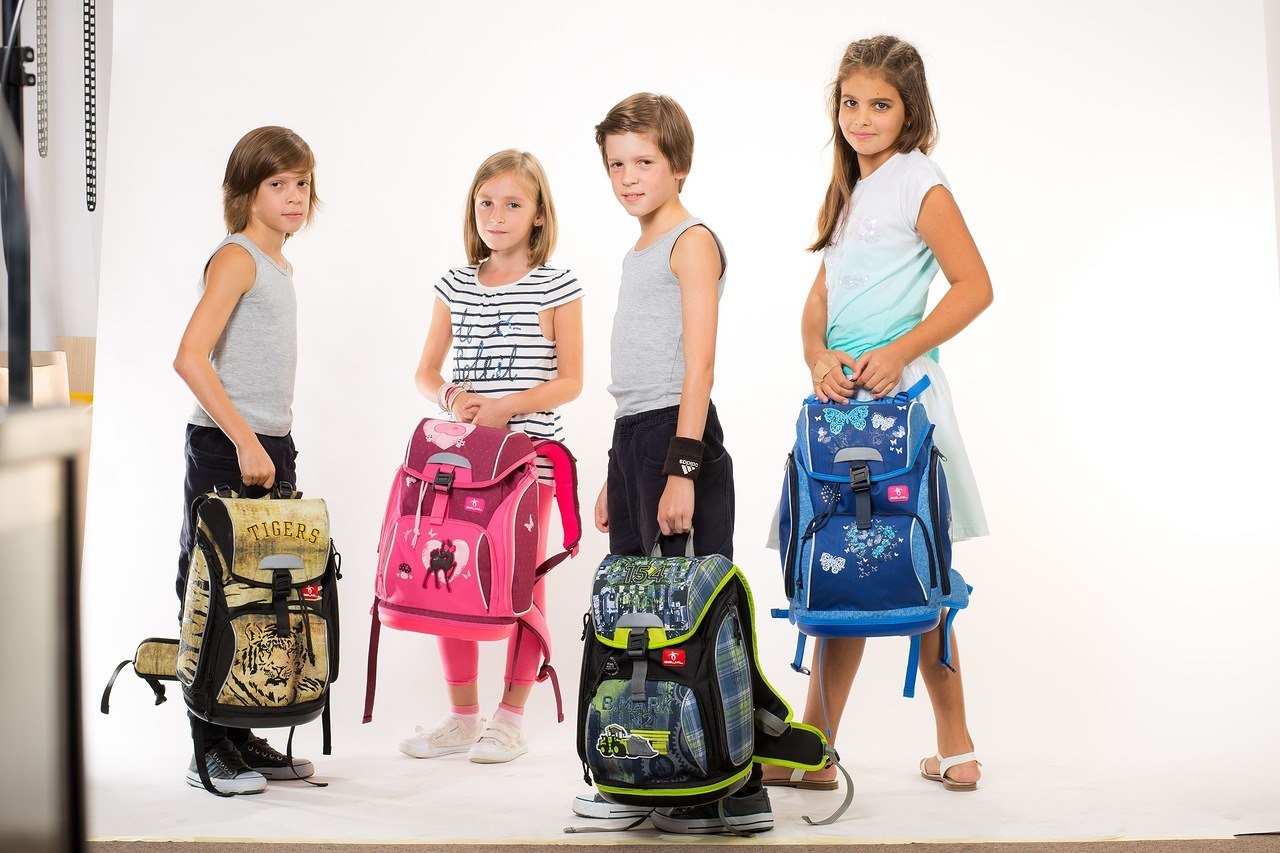 Orthopedic backpacks have several significant drawbacks that should be considered when choosing the optimal model:
Orthopedic backpacks have several significant drawbacks that should be considered when choosing the optimal model:
- considerable weight of the backpack - even an empty backpack can weigh up to 1 kg, and together with textbooks its weight can reach 3-4 kg, with the recommended 2-3 kg for children under 13 years of age
- the cost of a backpack - a quality frame backpack can cost from 3,000 rubles and up
- external features - most models of orthopedic backpacks are designed for primary school students. Bright and colorful models like first-graders, but it is simply impossible to make a high school student, let alone a high school student, go to school with an orthopedic model.
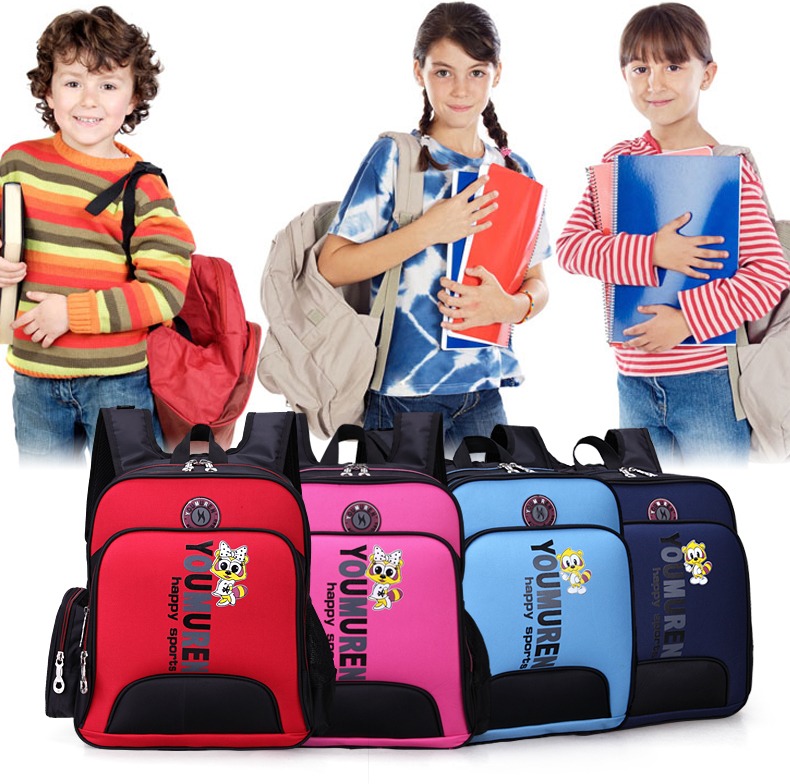
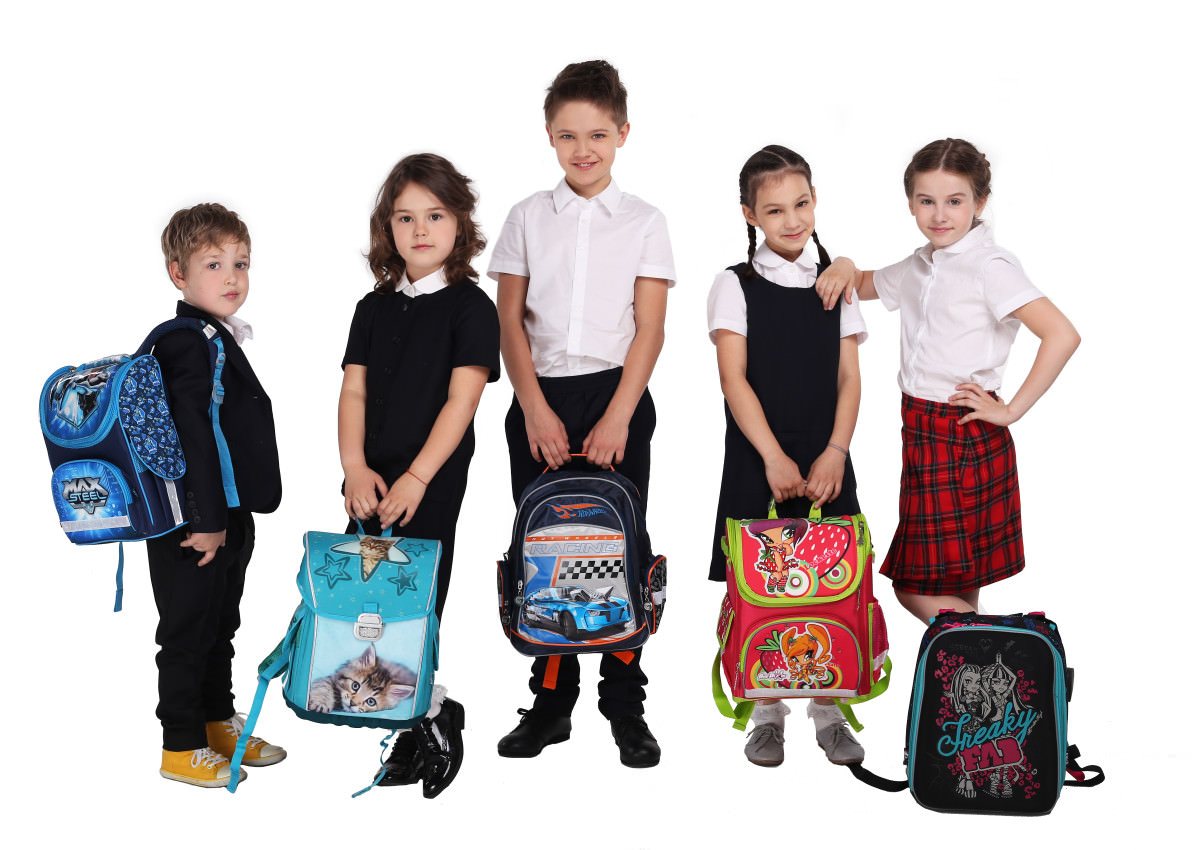

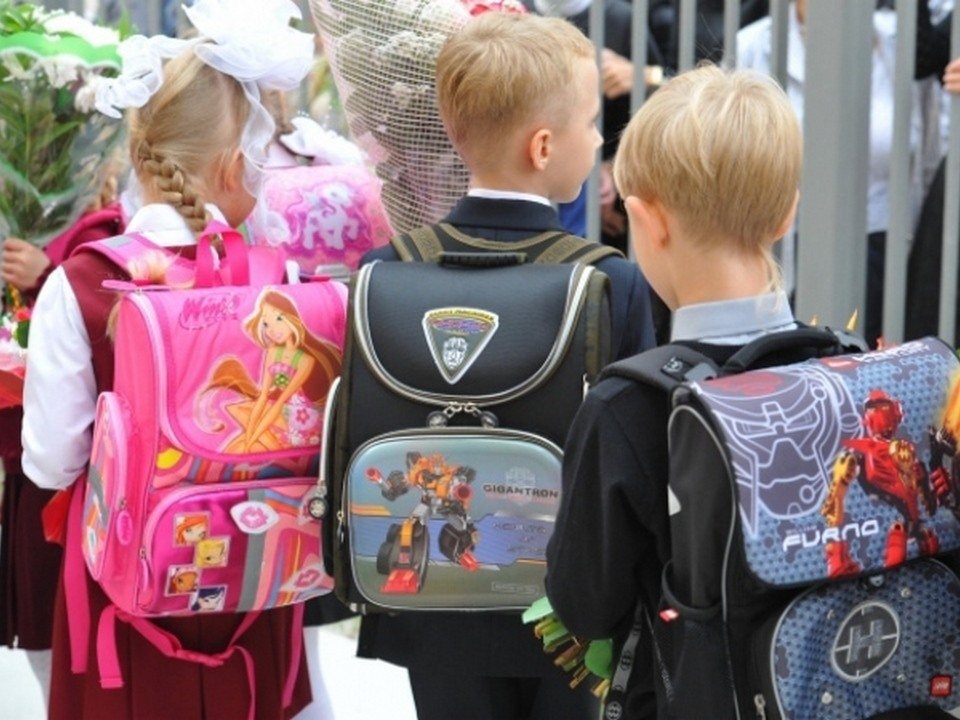 In some cases, you can generally do without an orthopedic backpack:
In some cases, you can generally do without an orthopedic backpack:
- if parents take their children to school on their own and can wear a backpack themselves
- if the child leaves most of the textbooks in the school locker
If a schoolboy goes to school himself, then an orthopedic backpack is mandatory for him for at least the first 3-4 years. 
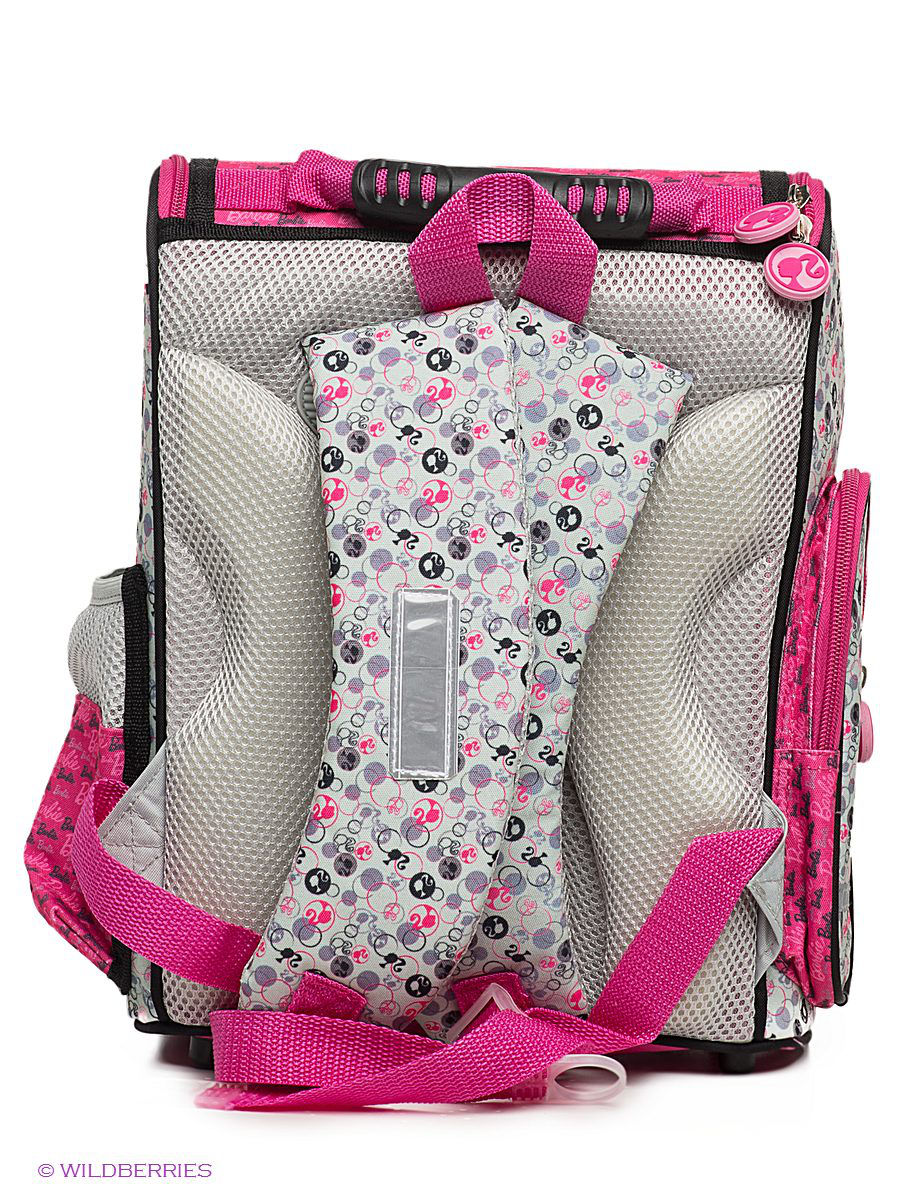


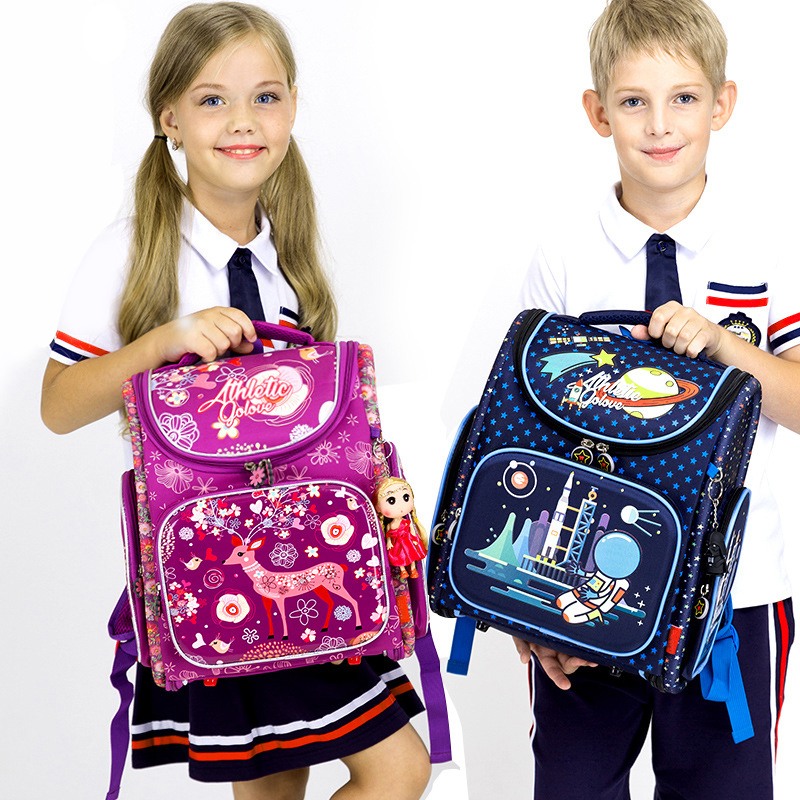
School orthopedic backpack for girls
Backpacks for girls are distinguished by a bright, characteristic for the girl's wardrobe, colors. Outwardly, they look less bulky than the models for boys, equipped with stylish accessories like key chains. 

 Orthopedic backpacks for girls are necessarily equipped with soft "pads" on the back, which ensure the formation of correct posture. But even in these seemingly useful elements of the backpack there is a minus - they fit snugly to the back, as a result of which the child can sweat.
Orthopedic backpacks for girls are necessarily equipped with soft "pads" on the back, which ensure the formation of correct posture. But even in these seemingly useful elements of the backpack there is a minus - they fit snugly to the back, as a result of which the child can sweat. 


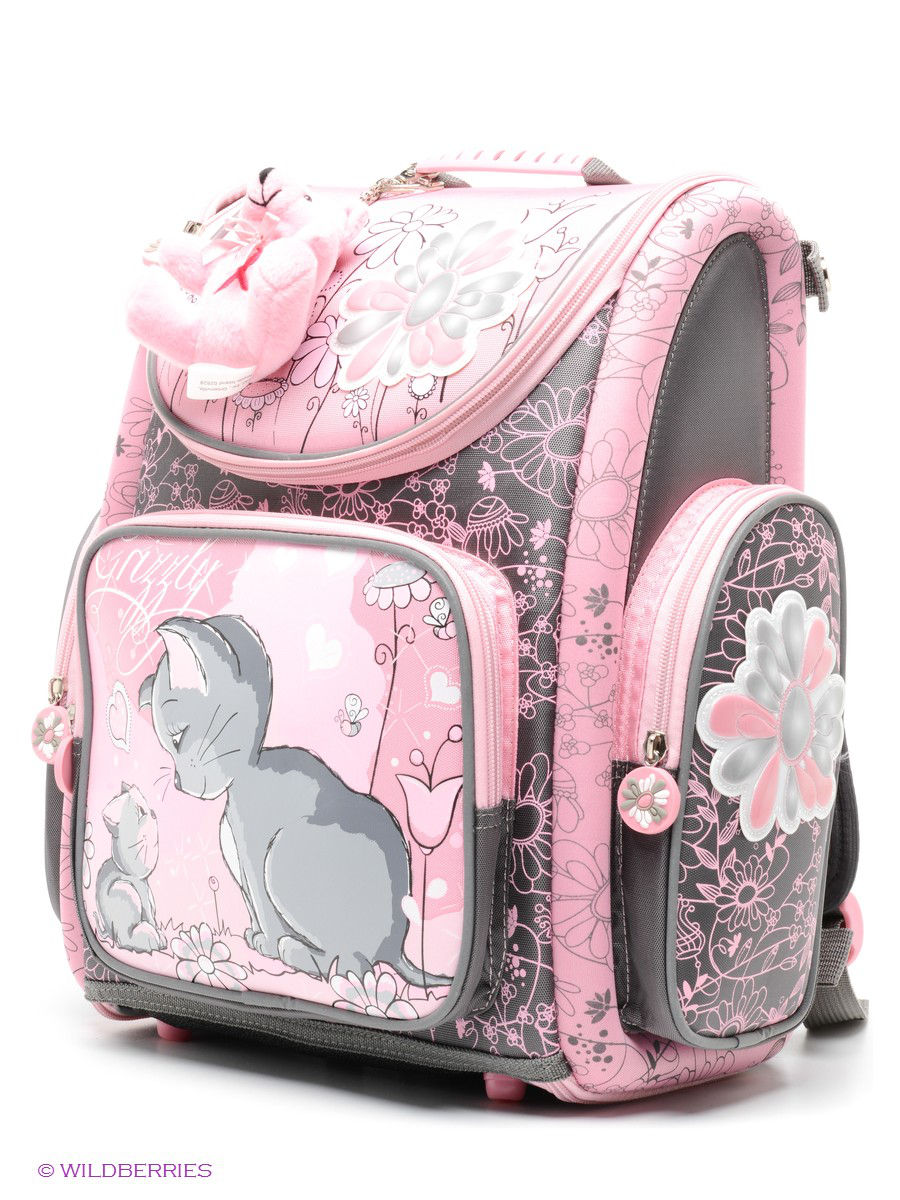

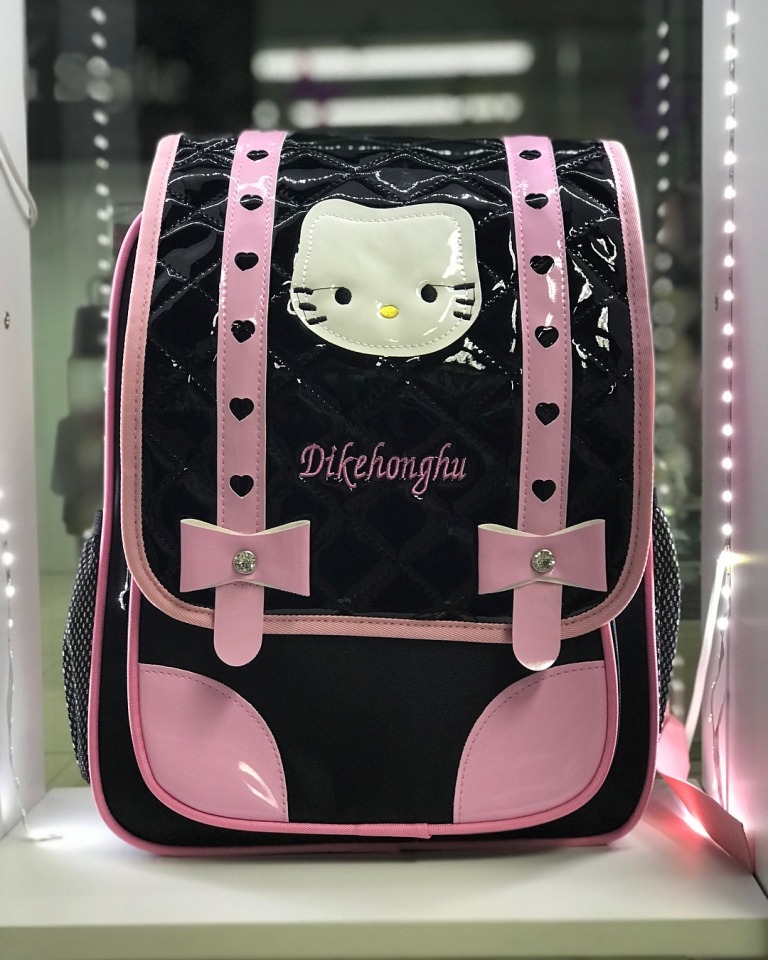
 Backpacks for girls can be equipped with a so-called "lid", which closes the main compartment with textbooks. It not only protects school supplies from getting wet, but also creates an additional frame effect. Prefer backpacks with a large internal compartment. It will be much easier for the child to take out and fold the textbooks.
Backpacks for girls can be equipped with a so-called "lid", which closes the main compartment with textbooks. It not only protects school supplies from getting wet, but also creates an additional frame effect. Prefer backpacks with a large internal compartment. It will be much easier for the child to take out and fold the textbooks. 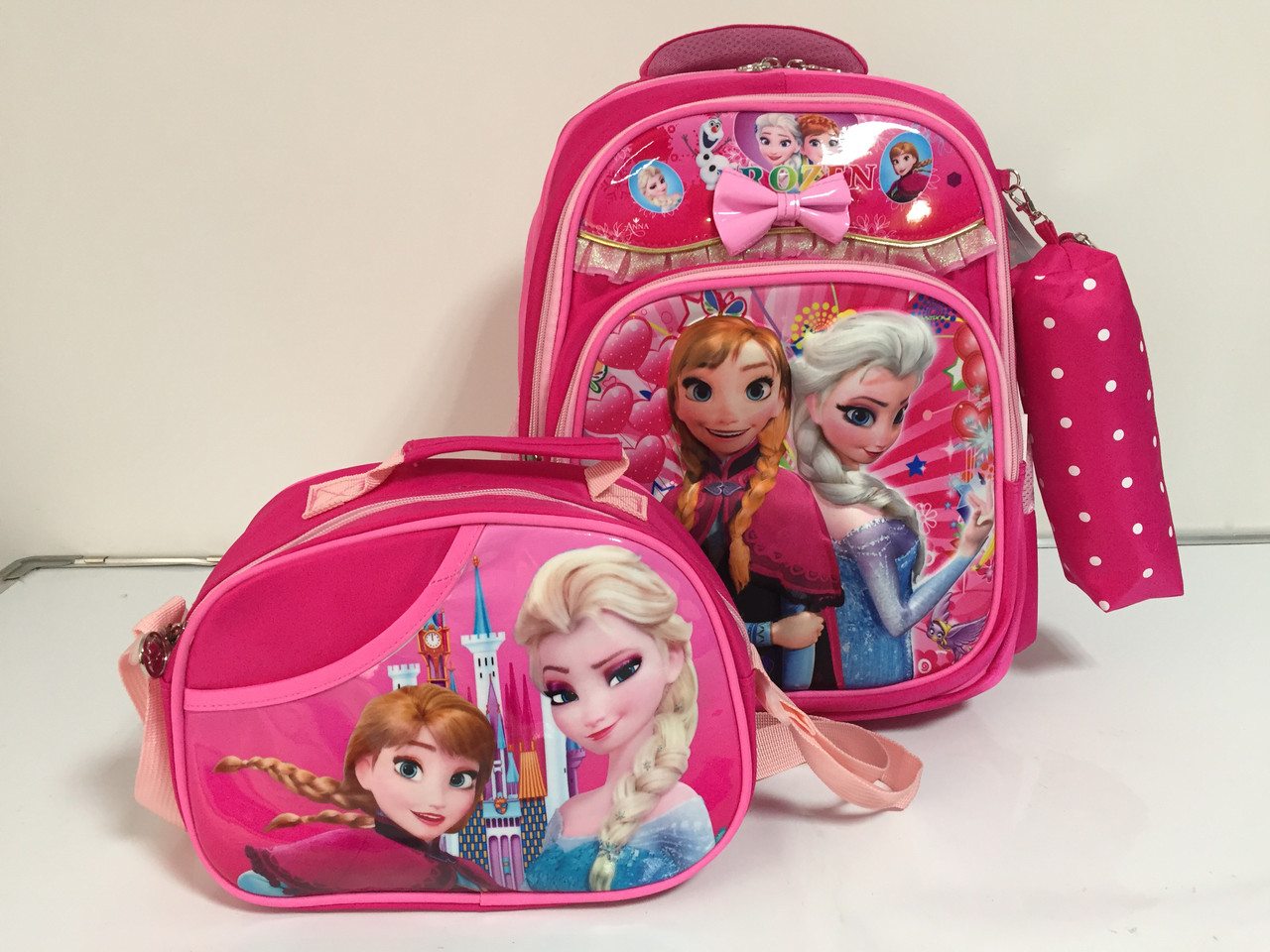

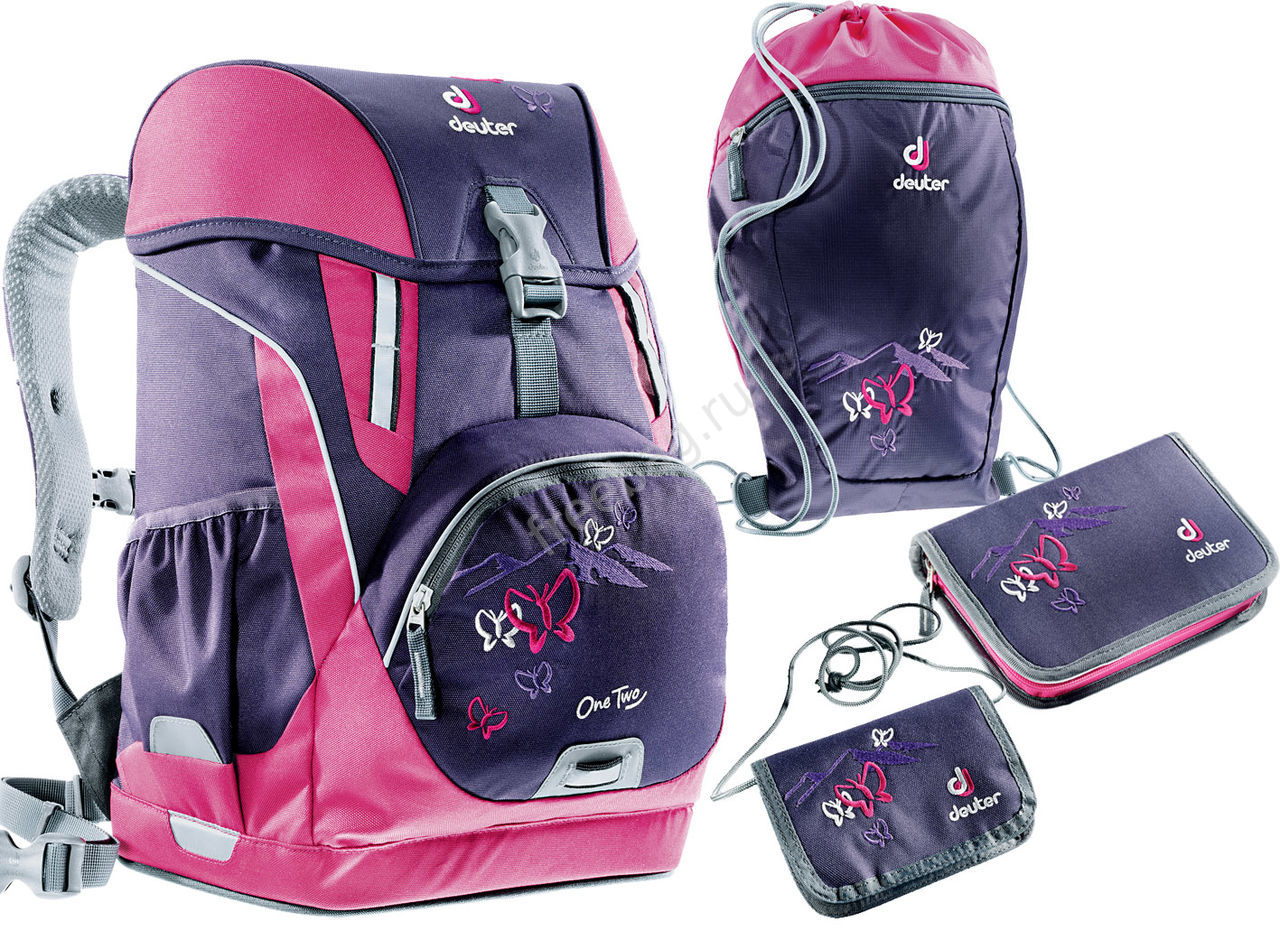

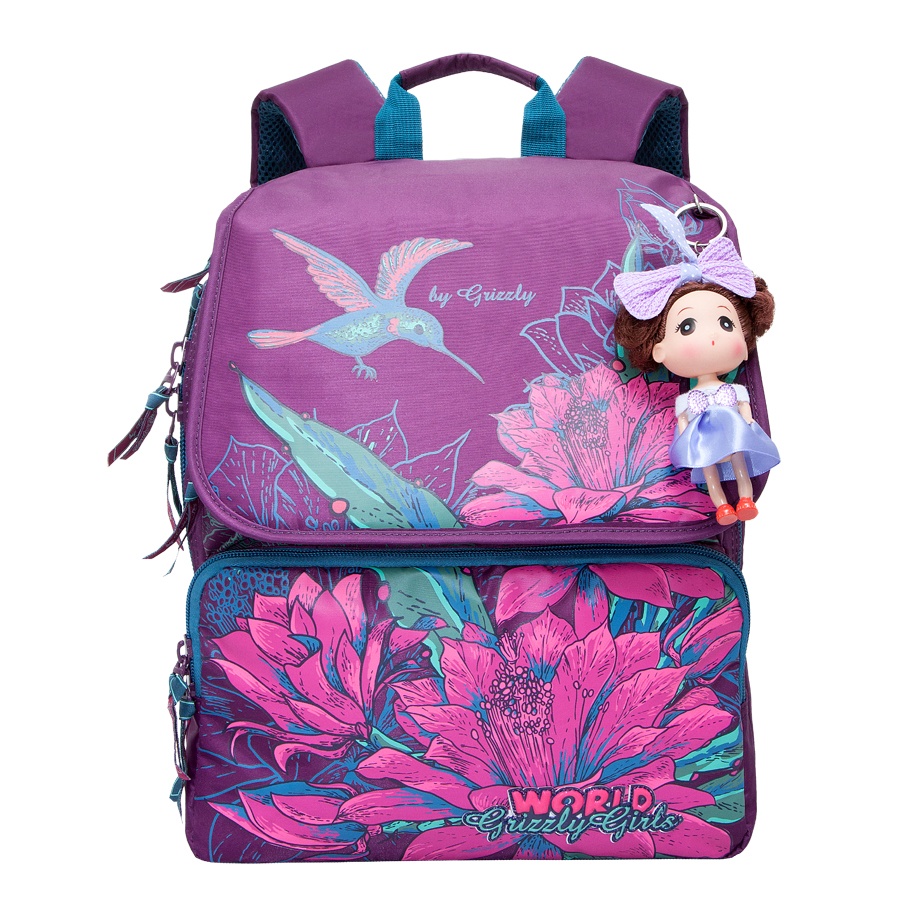

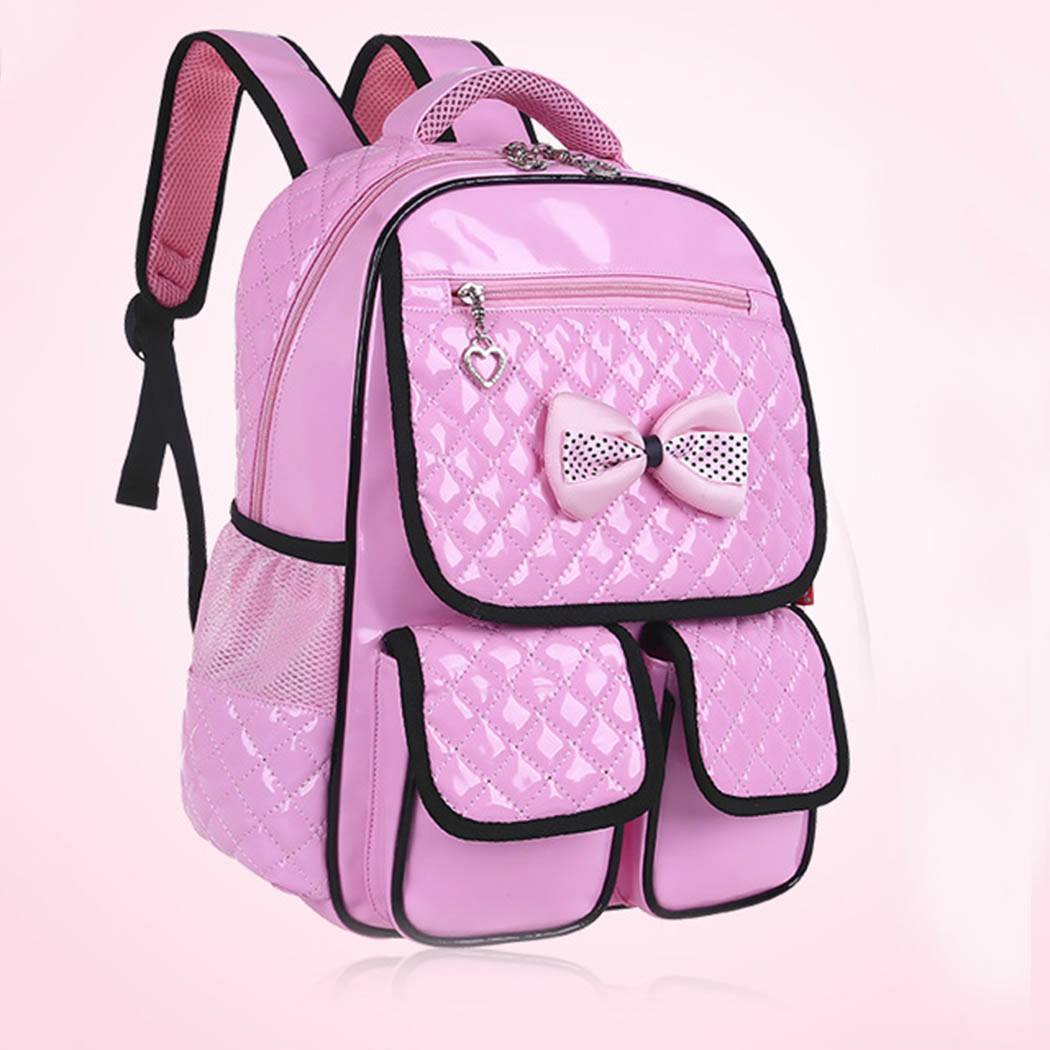
Orthopedic backpack for boys
Backpack for boys must withstand any test. Mothers of boys are well aware that the backpack sometimes performs not only its main task - to be a “container” for textbooks. That is why orthopedic backpacks for boys are equipped with a special plastic base and reinforced frame.

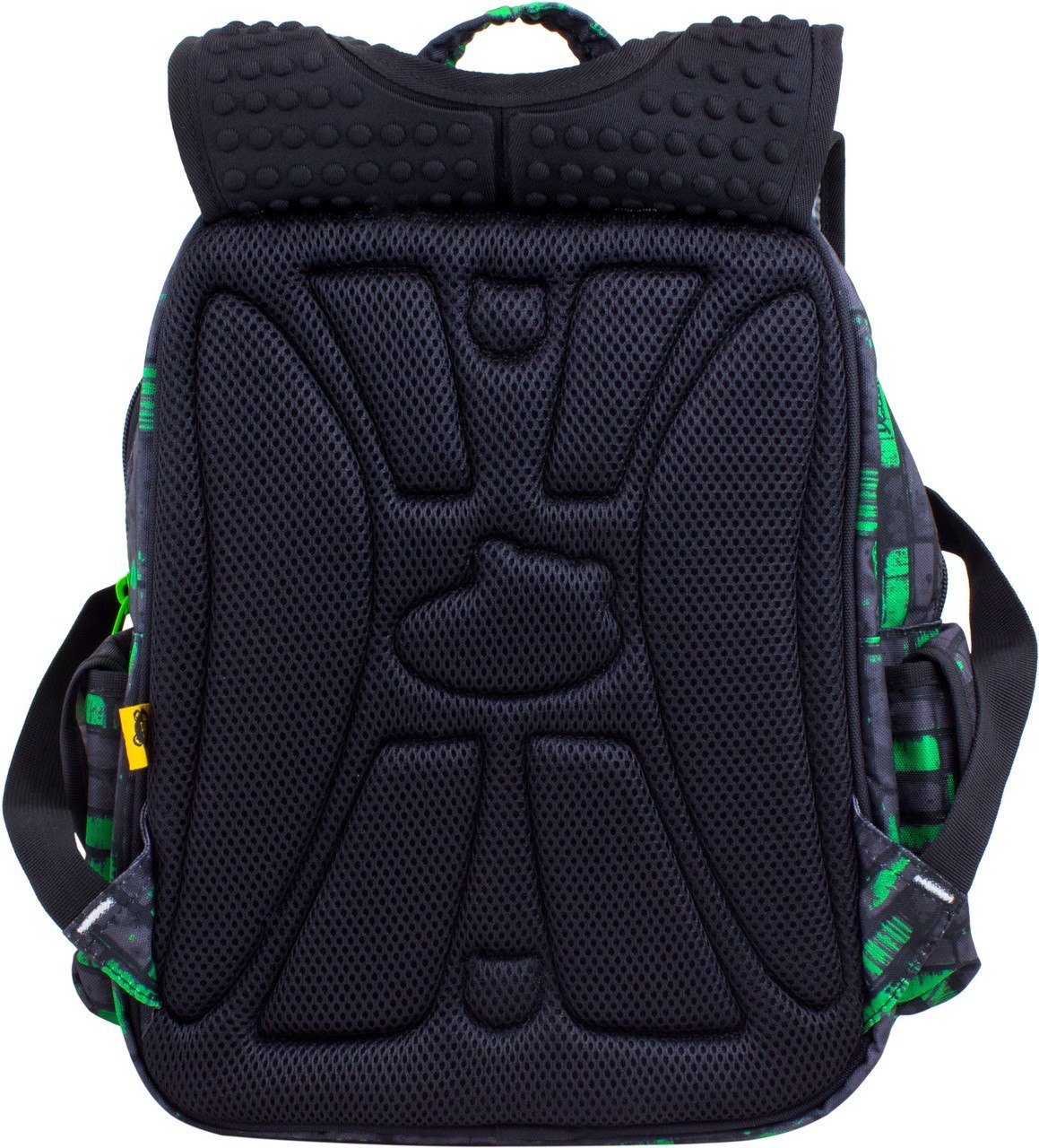


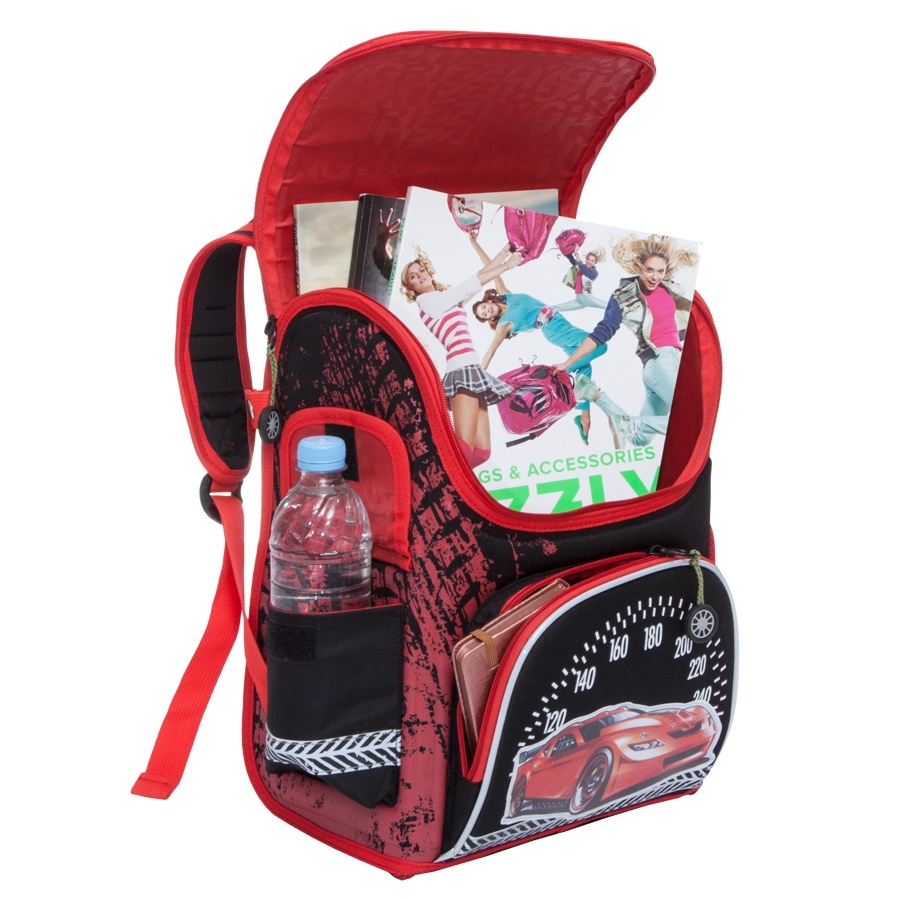
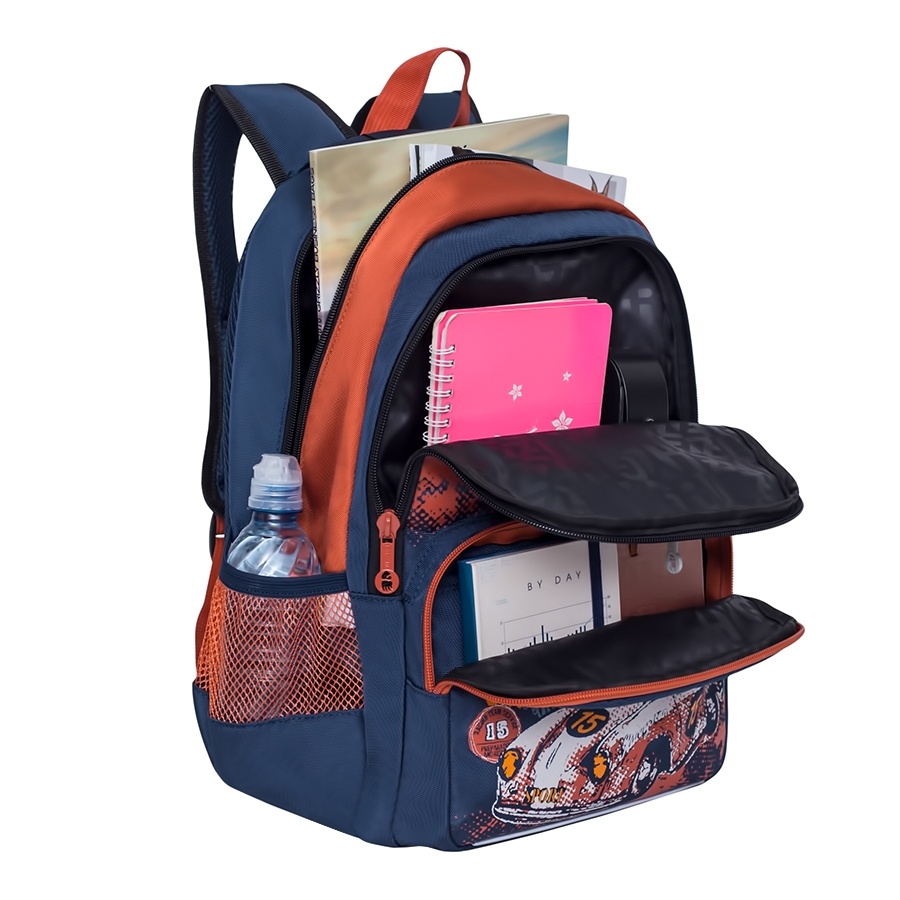
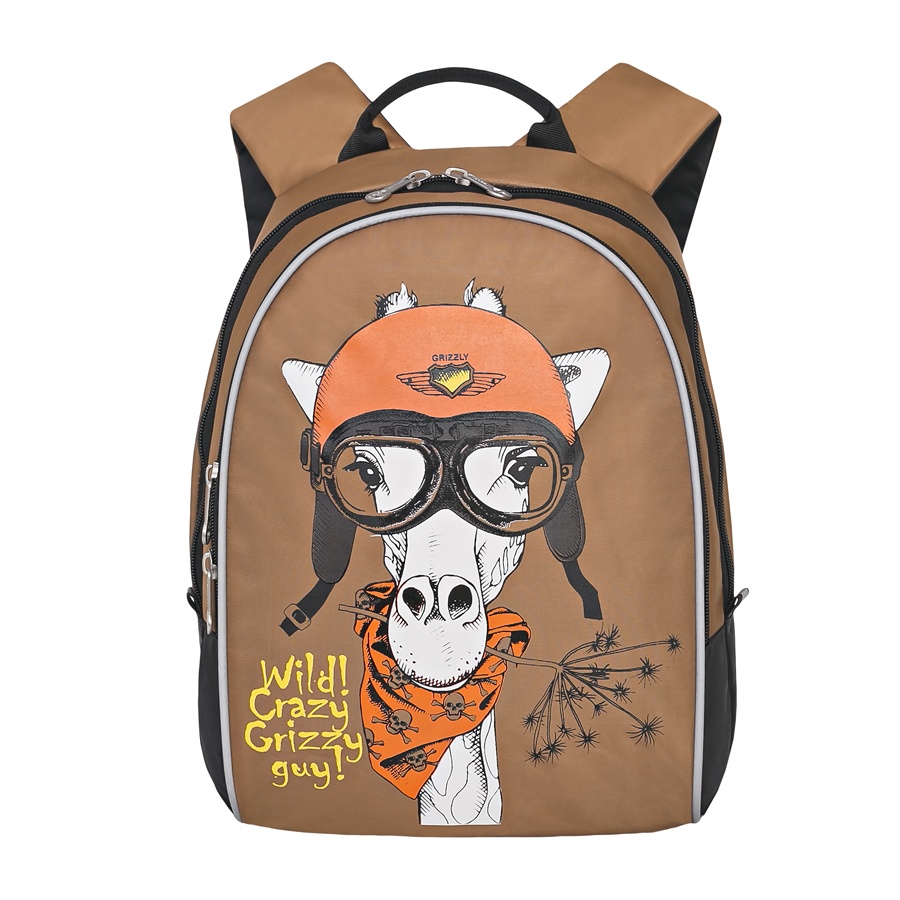 Take a look at the photo below.We have prepared for you a photo gallery of the best models for boys, which not only look beautiful, but also endure numerous “adventures”. The optimal shape of a school backpack for a boy is a rectangle. In such models most non-standard textbooks for first-graders and other accessories will fit.
Take a look at the photo below.We have prepared for you a photo gallery of the best models for boys, which not only look beautiful, but also endure numerous “adventures”. The optimal shape of a school backpack for a boy is a rectangle. In such models most non-standard textbooks for first-graders and other accessories will fit. 




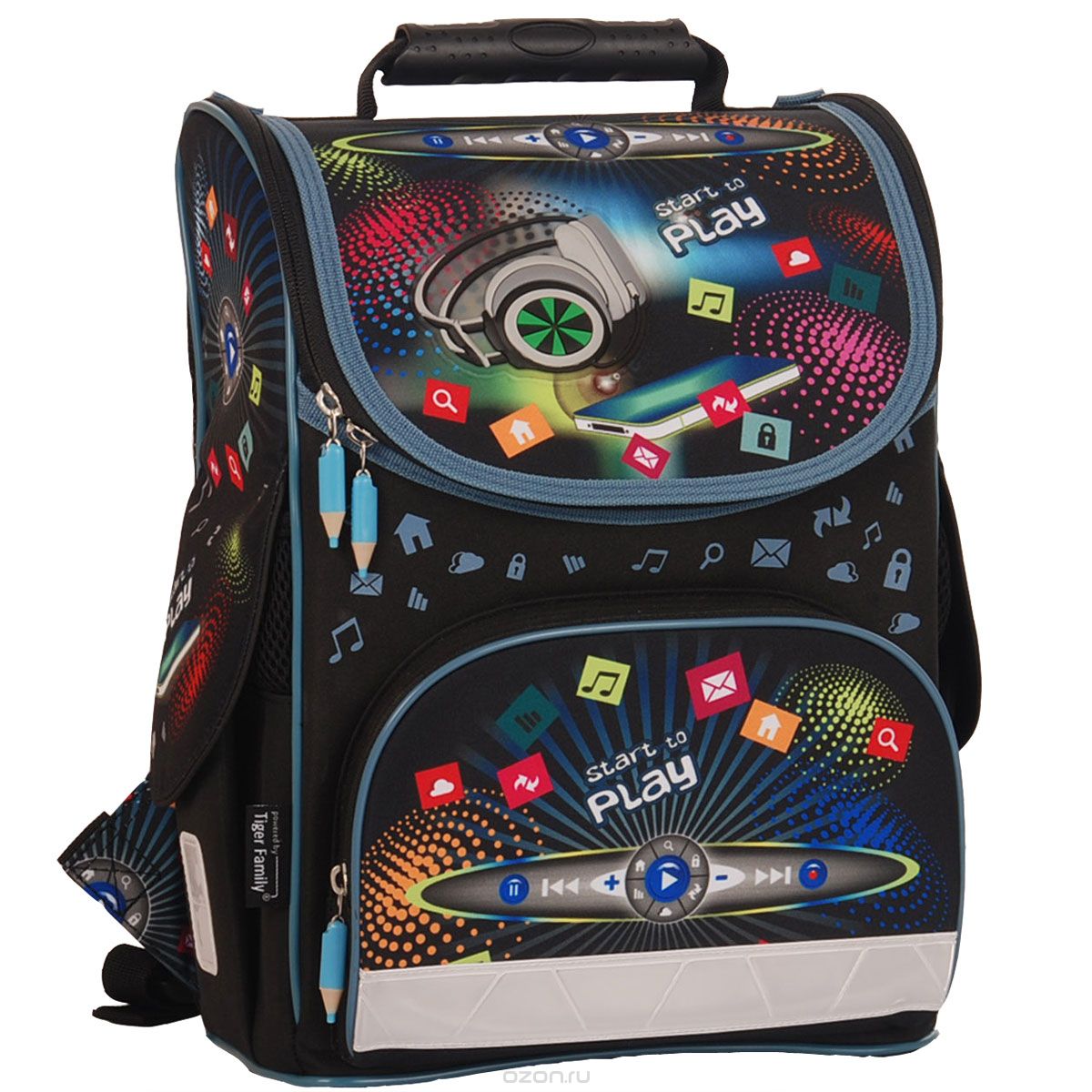
How to wear a school backpack with an orthopedic back
Even the presence of an orthopedic back on a backpack does not guarantee the safety of the student’s posture. It is important to wear an orthopedic backpack. Here are a few recommendations on how to teach a child from the first class to properly wear a satchel on his back:
- orthopedic backpack must be worn on two straps, otherwise all the benefits of a rigid frame and wide straps are lost
- make sure that the backpack is not overloaded, do not put anything extra in the satchel
- The optimal weight of the backpack should not exceed 10% of the weight of the child. Buy light school supplies, for example, instead of a metal pencil case, take a plastic one.
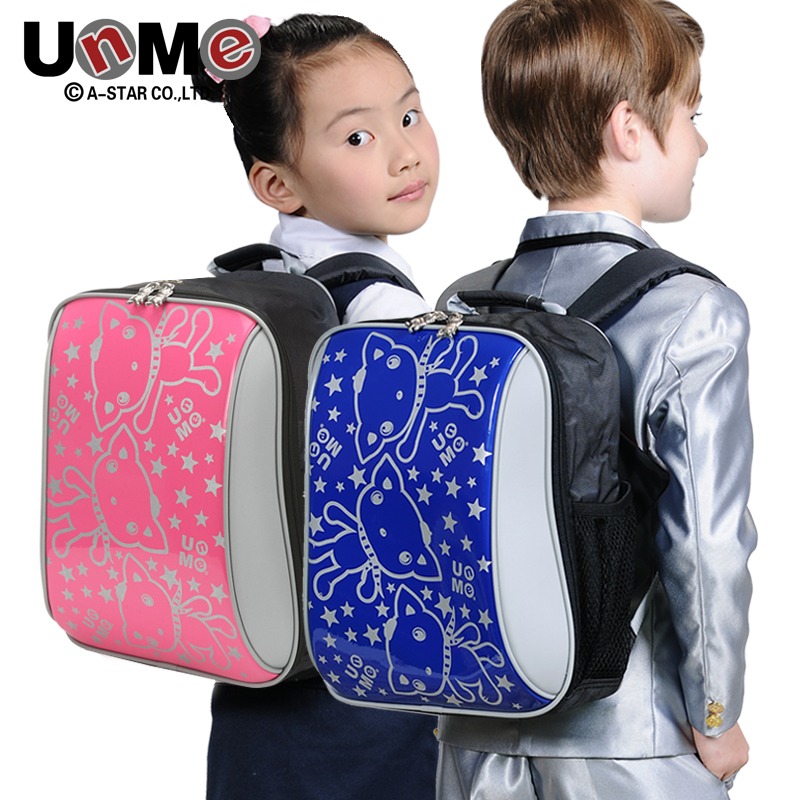




 An orthopedic school backpack is without a doubt the best purchase for an elementary school student. It combines several advantages at once: brilliance, comfort, wellness functions. Such models awaken in the child the desire to learn. Orthopedic backpacks are so popular that today it is impossible to imagine a student without a roomy, voluminous and bright satchel behind his back.
An orthopedic school backpack is without a doubt the best purchase for an elementary school student. It combines several advantages at once: brilliance, comfort, wellness functions. Such models awaken in the child the desire to learn. Orthopedic backpacks are so popular that today it is impossible to imagine a student without a roomy, voluminous and bright satchel behind his back.


